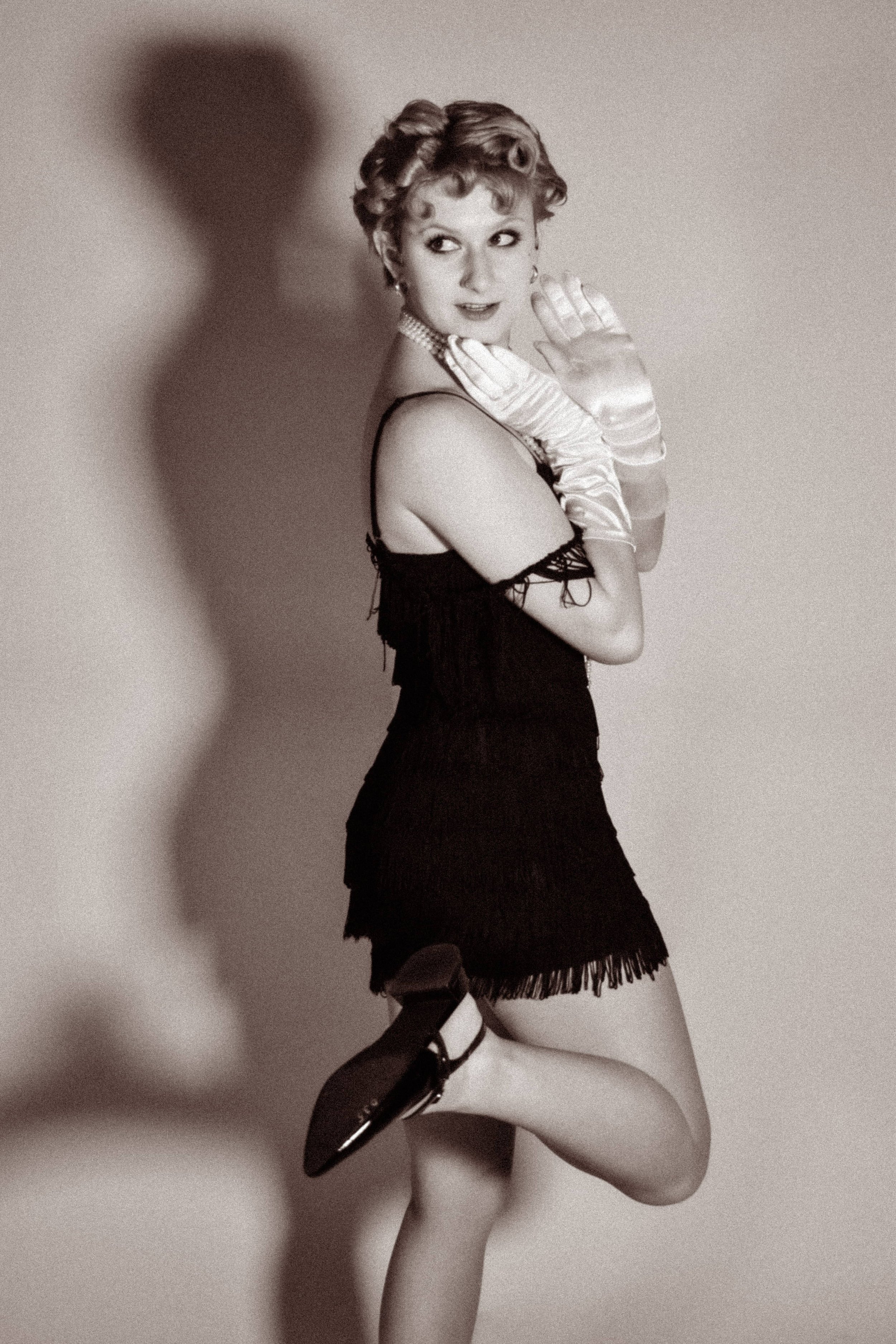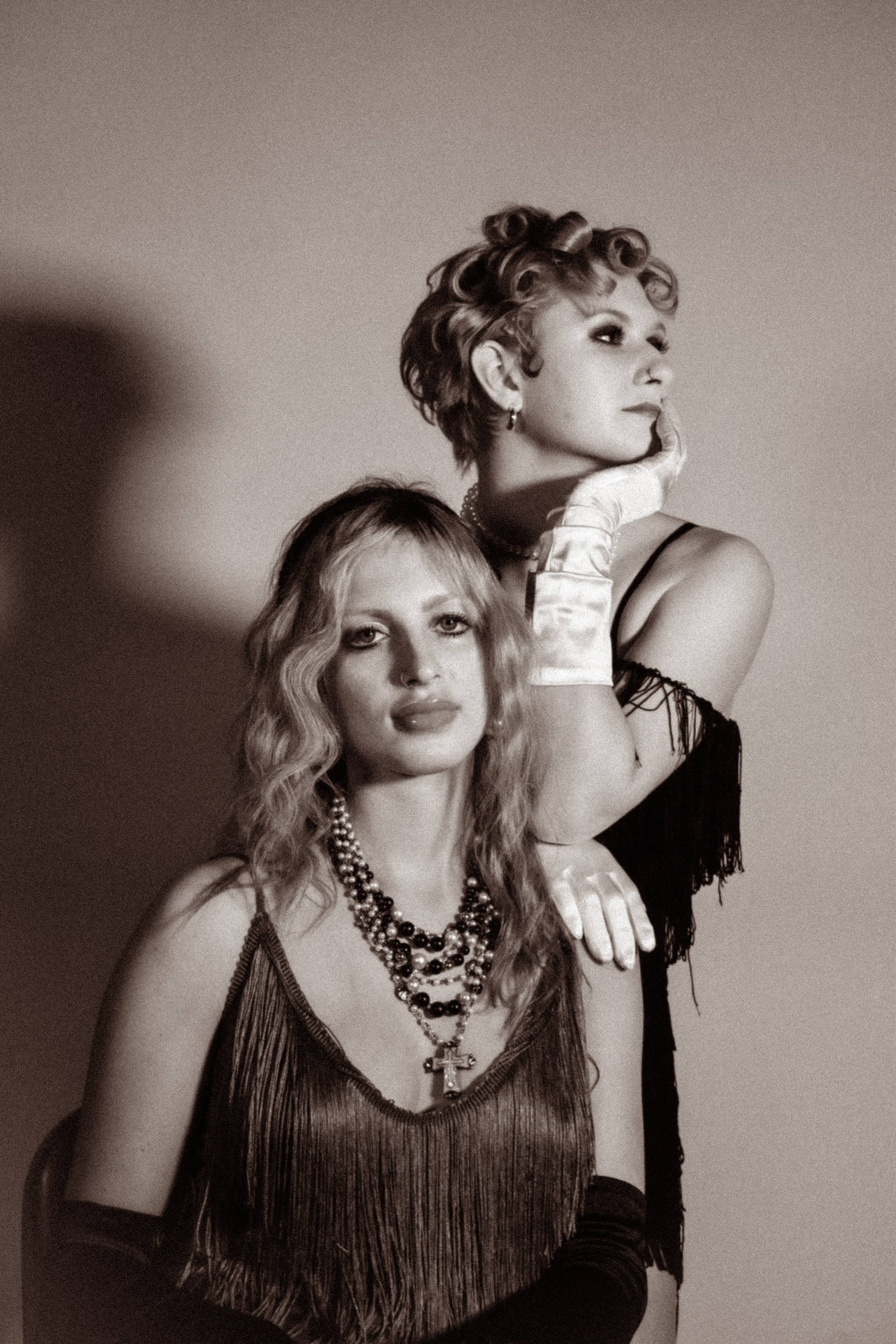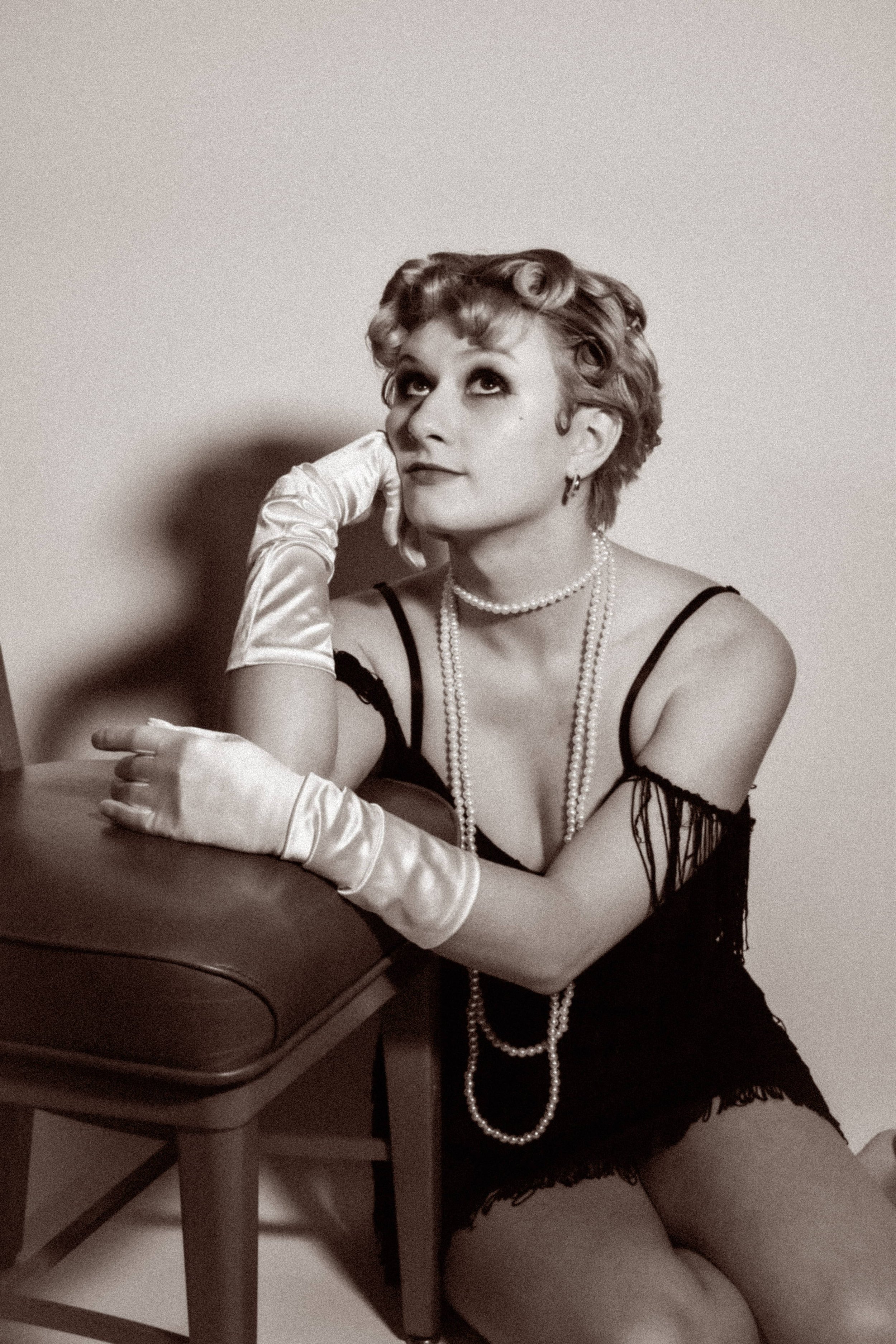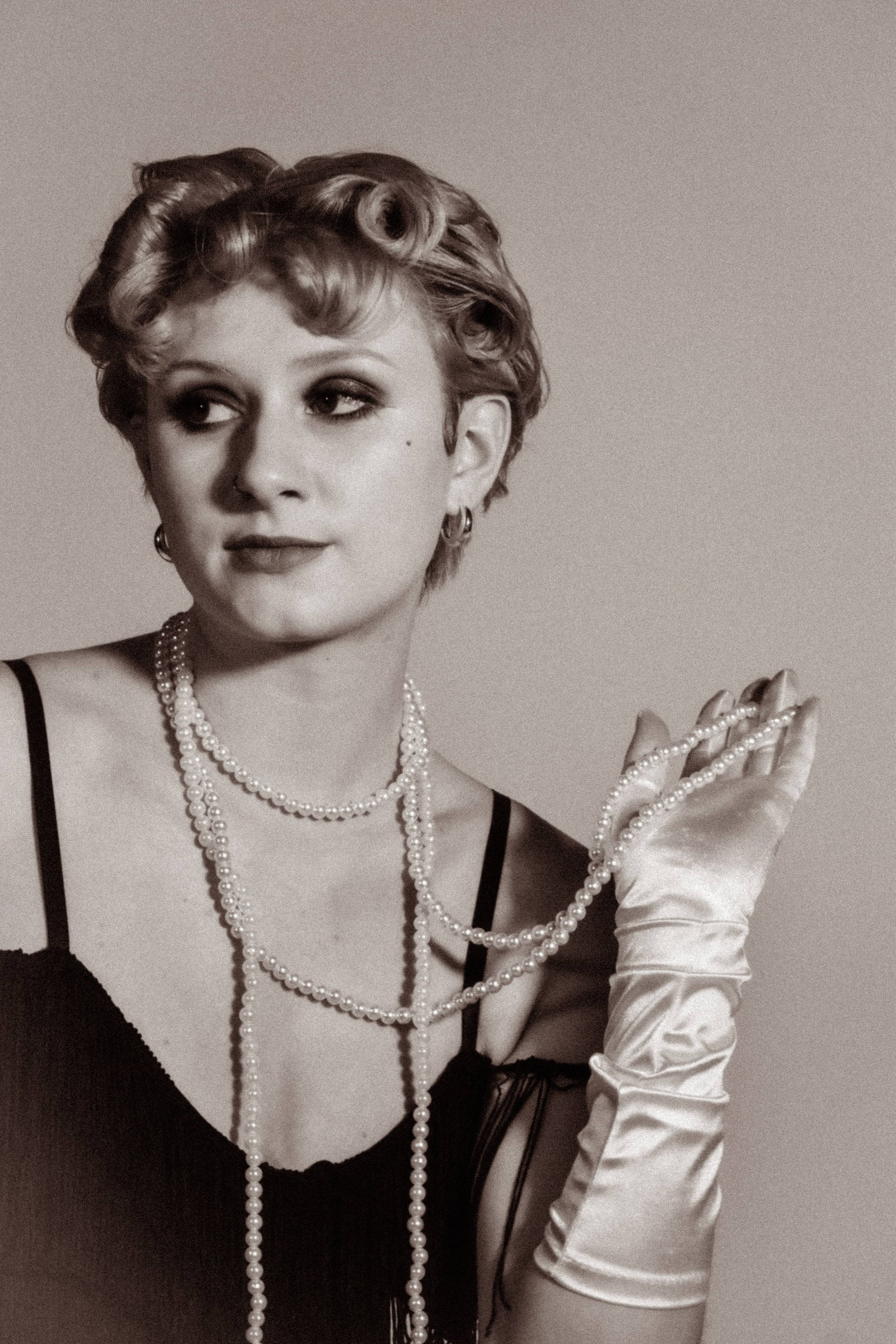The Fun of the Flapper
Written & Photography By Kadence Schaecher
Modeled By Georgia Horsch & Taylor Coble
Fashion trends can be tons of fun and a great way to try out new styles. However, trends also serve a purpose from a historical and cultural viewpoint. We can observe current and past trends in fashion as a sort of visible representation of the culture, conflicts, and values of the time. One of the most revolutionizing trends in women’s fashion was so profound that we still see it at our costume parties: The 1920’s Flapper Girl.
So, what keeps this over-century-old fashion trend relevant? I believe the costume’s popularity comes from the incredible impact that the flapper girls had on society. The flapper marks the first time in modern history that women were truly beginning to be seen as “independent.” Women were showing more skin, drinking, smoking, and being more open about their sexual lives.
The iconic flapper dress became the symbol of the entire movement. The calf-revealing hemline, low neckline, and boyish silhouette, known as ‘la garçonne’ was born from women’s desire to participate in the jazz dance revolution without being bound to their stiff, body covering dresses seen up until that point.
Not everyone approved of this new fashion revolution, however. Many laws were put into place across different states to try and subdue the young women that were supposedly “out of control”. Utah and Virginia both attempted to pass laws preventing women from showing too much skin, with many women being arrested, even at the beach, for wearing two-piece swimsuits that we today would consider conservative rather than the traditional one-piece dresses with stockings for swimming.
These laws did not stop these newly liberated young women. They continued to wear dark makeup, play sports, and be openly flirtatious.
Unfortunately, this groundbreaking fashion revolution full of dancing and drinking would not last for long. As the Great Depression of the 1930s began, women were forced to retire their more expensive hobbies and forgo buying the latest fashion. But, the impact had already been made. Young women had tasted their independence from husbands and families, and though major progress on women’s rights would be paused until the 1960s, how women behaved in society would be forever changed.
Today’s many variations of flapper costumes show the impact of the first liberated woman. The dresses themselves are stunning and fun, allowing all sorts of movement just as they were designed to do over 100 years ago. Often paired with a long cigarette or a bold red lip, the costume is a true celebration of both the women’s fashion and social revolution of the 1920’s and should be worn with pride.
Perhaps people today could benefit from adopting the flapper’s ideals as well as their fashion. As women’s rights are once again being stripped away and women are being told to return to unrealistic ‘traditional’ household roles, now is as good of a time as ever to personally adopt ideas of independence and rebellion.
While the flappers were short-lived, they collectively made enough of an impact to permanently alter the life of the American woman, to the extent that we still talk about them to this day. Now, it’s our turn to revolutionize our own liberties and look great while doing it.









